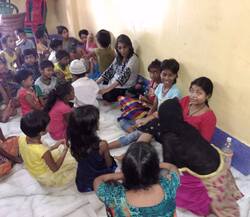
|
Comment. Discuss. Your opinions welcome.
medium.com/@greencomma/providing-hope-transgender-youth-in-an-age-of-uncertainty-4dc2303abbf4  This has also been posted on Medium with an audio version for free download The following article is offered by Green Comma as a discussion resource, especially for financial literacy and introductory economics, for use in grades 9–12 classrooms as well as in freshmen college classrooms. The principal writer is David Haith (above) a digital media expert who began his crypto career in September 2014 mining MaxCoin. He is currently interested in the cultural and creative impact of crypto, digital collectibles and visualizing trading opportunities on crypto exchanges. Amit Shah, managing director, Green Comma, suggests that classroom instructors preview the post, the embedded links, and the glossary prior to suggesting the reading to students. This topic is not only new to the world at large, the concepts are phrased in a language that is specific to the cryptoworld, rarely discussed in high school or junior college classrooms. The cost-benefits of the cryptoworld, including blockchain and supercomputing are currently hotly debated.All opinions are solely that of the author. The author will entertain comments and queries via this blog post. Please send us your remarks and comments and questions. _____________________________ This work is licensed under a Creative Commons Attribution 4.0 International License. Attribution-NonCommercial CC BY-NC This license lets others remix, tweak, and build upon your work non-commercially, and although their new works must also acknowledge you and be non-commercial, they don’t have to license their derivative works on the same terms. _______________________________________________________ ESSENTIAL GLOSSARY
Jargon
___________________________________________________ Introduction by Amit Shah How did we get from bartering cows for food to worrying about the value of a piece of metal that says Bitcoin or a dime in the US? The evolution of money (coins and paper) to denote values for transactions is an oft-told tale. From the beginnings of human society and barter to currencies in metals and paper to bitcoins is the story of transactional value. A clear though rudimentary infographic can show you how money as we know it has value. And what are the functions of money? (This is a simple set of flash cards) And here is a pretty comprehensive video explaining how value is ascribed. Earlier this year I read Paul Krugman, Nobel Prize winner and noted economist and a columnist for the New York Times and was struck by his dismissiveness of the cryptocurrency phenomena. Then another of my favorite columnists, Charles Blow of the New York Times tweeted about his inability to understand what the Bitcoin phenomena was about. That made two of us. So, I went to David Haith, a friend, and asked him. __________________________________________________ Remember the fairytale about Jack and the Beanstalk? After a cruel winter, the gullible Jack trades the prized family cow to a butcher in exchange for “magic” beans. After the beans grow overnight into a huge beanstalk, Jack climbs to the top and discovers a castle, which is home to a ferocious giant. Jack soon steals the hen that lays golden eggs and a golden singing harp from the Giant and lives happily ever after. The magic beans of the real world today are cryptocurrencies and they have already turned into gold for many crypto-believers. Conceived in 2008 and implemented in January 2009 by the secretive and pseudonymous Satoshi Nakamoto, Bitcoin has revolutionized our concepts of currency and money. One way of describing Bitcoin, (there are several ways) is that it's a digital asset that sits on top of a public, distributed ledger of transactions known as a blockchain. (see below) Cryptocurrencies have become popular (especially amongst Libertarians) as generally speaking a cryptocurrency is free from the influence of a bank or state. There is a rebellious spirit among the cypherpunks of crypto. Right now there are an increasing number of believers in the fairy tale game of crypto. Cryptocurrencies are a novel decentralized money model using cryptography to keep transactions secure. Unlike emails and other digital content such as photos that can be copied, duplicated, modified and edited, cryptocurrencies are digitally teleported from one digital wallet address to another. Cryptocurrencies cleverly enable decentralized digital scarcity. Cryptocurrencies are value systems and rewards are given to the computational participants or nodes who work to support and validate the system. In the early days of crypto (2009-2013) coins were mined, meaning that computers solved (some say useless) computational puzzles using a hashing algorithm and rewarded them with fractional bitcoin units. Miners expend huge effort and resources having invested capital in mining equipment to mine mainstream cryptocurrencies. Miners make the investment in computing and electrical power to solve the increasingly challenging (varying in difficulty) proof of work-PoW algorithm (e.g., SHA256, Groestl or Skein) to try to get a match. Currently, generating a single block on the bitcoin blockchain requires a very large number of hashing operations that requires enormous energy. Mining nodes on the bitcoin network are used to verify transactions and validated transactions are stored into a block and are sealed with a lock (hash) for which they get a reward. What is amazing is how much of this worldwide data is available to us and so little known. The largest number of nodes is in the United States. The least in countries such as Qatar and the US Virgin Islands. It is a race and mining power has a direct impact on the result. Many new cryptocurrencies reward nodes using a “proof of stake” method where wallets get rewarded based on their weight (account balance) compared with the overall weight of the online network. Coins are minted instead of mined and like an APR (annual percentage rate) in conventional banking, the more coins you have, the more you benefit over time. Proof of stake rewards are considered more environmentally friendly because of less computation and consequently less energy being consumed. But you don't need to mine or stake to own crypto. If you want to own some you can purchase bitcoin with Fiat currency on an exchange and then trade your bitcoin for any other cryptocoin that is on the market. In this sense, bitcoin is a “gateway” to other Altcoins. These exchanges may require some basic identification verification and may limit your trading capabilities until you have provided more biographical detail. As of May 1st, 2018, the combined value of all cryptocurrencies in global circulation was thought to be over $400 billion, which is astonishing because these currencies have no intrinsic value, they are just information that has gained value over a relatively short time. Cryptocurrencies attain value by being traded on exchange markets in pairs, where bitcoin, ethereum or litecoin can be purchased with a Fiat currency such as US dollars. What is Blockchain? Blockchain is a novel foundational technology which is a distributed ledger of synchronized permanent digital records saved in a chain of units called blocks and this technology underlies all cryptocurrencies. The first ever block on the bitcoin blockchain or “Genesis Block” was created on or shortly after January 3rd, 2009. A new block contains cryptographically hashed data and is built upon the previous block in the chain, ensuring that the data in the blockchain cannot be compromised and once confirmed by the network, the data in any given block cannot be altered retroactively. This is termed immutability. The blockchain is an excellent way of securely tracking digital assets such as medical records and music and even endangered animals. Media Industry & blockchain A blockchain could store the required identification information to ensure users could watch the products they purchase, even if a third party goes out of business or there is a DRM server failure according to the filing of a patent by Sony. DRM systems refer to technologies that limit access to copyrighted materials only to those who purchase access. Sony cites UltraViolet, a cloud-based locker for digital rights, as one example. The application was filed jointly by Sony and subsidiary Sony Pictures Entertainment, and the document specifically cites movies as an example of the type of media the system could be applied to. However, Sony also argues the blockchain-based system could manage rights to "various types of content or other data, such as movies, television, video, music, audio, games, scientific data, medical data, etc." In a recent article on Medium, Dr. Alex Cahana makes a very good case for the use of blockchain in healthcare. Chairman of the Internet of Blockchains Foundation, Matteo Gianpietro Zago details fifty-plus examples of blockchain use in a recent article on the Medium platform. Amazon Web Services now offers a blockchain-as-a-service option, underscoring the acceptance of the technology and the revenue potential. Sovereign currencies : Lakota Maza, the Venezuelan Petro, and FedCoin The search for new sovereign currencies to stabilize weak economies have already begun. MazaCoin, created in 2014 by Payu Harris and now known simply as Maza, is a digital currency described as “the first Native American cryprocurrency” and presents a creative solution to many of the social issues surrounding the Pine Ridge community of the Oglala Lakota tribe, one of the poorest communities in America. The coin could combat corruption in the tribal government and could be a weapon against alcoholism. Parts of the code could supplant the complicated tribal ID system, or maybe even find use in the State Department’s passport system. The Maza logo and its underlying philosophy, mitakuye oyasin, means “all are related.” Venezuelan President Nicolás Maduro announced their national cryptocurrency the petro in a televised address on December 3, 2017, stating that it would be backed by Venezuela's reserves of oil, gasoline, gold, and diamonds. Maduro stated that the petro would allow Venezuela to "advance in issues of monetary sovereignty" and that it would make "new forms of international financing" available to the country..This coin debut which raised $6 billion is in part to offset Venezuela's economic turmoil, due to the falling value of the Venezuelan bolívar, its fiat currency, and $140 billion in foreign debt was viewed by the Brookings Institute as a means of circumventing U.S. sanctions. Ironically, Venezuelan citizens experiencing the brunt of economic instability cannot purchase the petro and consequently may see no relief from the cryptocurrency. President Maduro has offered a 30 percent discount for Venezuelan oil to the Indian government if paid for in petro and is collaborating with the Russian bank Evrofinance Mosnarbank that is currently defying US sanctions. Russia secretly helped Venezuela launch the oil-backed cryptocurrency. FedCoin Kevin Warsh, a former U.S. Federal Reserve governor proposes the idea of a “FedCoin” that would not replace cash but would be a means to conduct monetary policy when the next crisis occurs. A distinguished visiting fellow at the Hoover Institution at Stanford, Warsh said blockchain technology would be helpful for enabling the transfer of trillions of dollars between banks. (Below) Warning, this is experimental software Crypto Crimes & Cowboys Since there is no central authority for regulation, crypto resembles the lawless “Wild West” since its inception and has drawn criticism because of its purported use in illegal activity. There have been many instances of fraud, hacking of exchanges and exploitation of experimental and naiive software code. Silk Road One of the early instances of bitcoin use in criminal activity was as a payment method for drugs on the online black-marketplace known as Silk Road This was convenient for criminals to deliver their services through the network without detection. The creator of Silk Road, Ross Ulbricht was ultimately convicted of seven charges including engaging in a continuing criminal enterprise, narcotics trafficking, money laundering, and computer hacking. Over the course of the investigations, the FBI seized over 26,000 bitcoins from accounts and computers that are periodically sold for dollars, causing a drop in the price of bitcoin. Recently, crypto enthusiasts have been victims of thieves intent on exploiting the anonymous and untraceable transactions that crypto offers. Since many crypto enthusiasts carry large amounts of crypto value on their smartphones and use their phones for 2FA (two-factor-authentication) security measures, scammers have tried repeatedly to convince phone service providers to re-assign phone numbers to new devices to gain control over the device security and the crypto funds. One key aspect of crypto is that transactions are peer-to-peer and don't require any contextual clues as to what the trade is for. Unlike regulated banks, coin communities are not required to KYC (Know Your Customer). With cryptocurrencies, there's no sensitive customer information to collect and store. Customers simply send bitcoin or any altcoin from their computer or mobile device directly to a payment address. Many popular coins focus on privacy, such as monero, PIVX and the Winklevoss bothers’favorite, Zcash incorporating zero knowledge transactions, which due to their untraceable technology, could potentially lead to more crime. Some new businesses are forensically tracing bitcoin transactions in a bid to track arms dealing on behalf of government entities. Social Good versus No Social Benefit As far back as the drafting of the US Constitution one of the Founding Fathers and the fourth president James Madison argued that “nothing but evil” could come from “imaginary money.” But why hasn't bitcoin taken off so readily as a global currency since its creation in 2009? One reason has been the high level crypto-skeptic criticism from leaders of the “old money” system. Another problem has been that these coins and token launches have provided US investors with very few protections unlike conventional investment products. At a recent hearing of the Subcommittee on Capital Markets, Securities, and Investment (Committee on Financial Services) which, for the first time, examined Cryptocurrencies and ICO Markets, Rep. Brad Sherman (D-Calif.) opened his remarks by stating, “cryptocurrencies are a crock. They allow a few dozen men in my district to sit in their pajamas all day and tell their wives they’re going to be millionaires.” He went on to say that cryptocurrencies offered “no social benefit.” Nouriel Roubini, the former Clinton administration economist nicknamed "Dr. Doom" due to his prediction of the 2008 financial collapse, criticized cryptocurrencies on Twitter. Just prior to a Senate Committee hearing on cryptocurrencies, he wrote, "Cryptocrazies are also criminal Cyber-Terrorists," and alleged that his consulting firm, Roubini Global Economics, was targeted in a 2015 denial-of-service attack because he criticized bitcoin. Nobel Prize-winning economist and New York Times columnist Paul Krugman has described crytocurrencies by simply stating “Bitcoin is evil.” Jamie Dimon, the JPMorgan Chase chief executive who once criticized bitcoin as “a fraud” has recently softened his tone and has said that blockchain, which is being used by an increasing number of Fortune 500 companies for record keeping, “is real.” Further problems have beset the rise (and adoption) of cryptocurrencies by social media giants Facebook and Google who are banning all ads that promote cryptocurrencies, including bitcoin, in an effort to prevent people from advertising financial products and services frequently associated with misleading or deceptive promotional practices. That means no advertiser, even those that operate legal, legitimate businesses will be able to promote things like bitcoin and other cryptocurrencies, and initial coin offerings (ICOs). The ban has gone into effect from June 2018. Ironically, at the same time that Facebook is clamping down on crypto scams, they are also investigating the use of blockchain technology for decentralized social media and possibly creating If successful, it could create a seamless payment platform on the site that could be accessible by millions of people who are unbanked. And with 2 billion active users per month, Facebook could be an effective means to get global adoption of cryptocurrencies, as long as users continue to trust their assets to a social media business that has been selling user data to the private sector. The German online bank Bitbond have already profited from the bitcoin blockchain by facilitating fast international loan payments that are cheaper than using the SWIFT system. Crypto for a good cause (Want to help cure cancer and earn crypto?) Scientists at Stanford University utilize donated computer time to better understand and develop cures for some of humanity's worst diseases. Simply by running Folding@Home (F@H) software, research for Alzheimer's, Huntington's, and many cancers is made possible. Laptops and desktops from all over the globe, currently donate the unused power of over a quarter of a million computers, forming the world's most powerful distributed supercomputer. Some crypto communities such as EliteCoin reward folders every Friday (crypto payday) for folding as part of the EliteCoin team. How do you liquidate your trade? Supposing an investment in bitcoin turns out to be one hundred times what it bought for and the investor wants to buy that Lamborghini that all those crypto memes refer to. How easy is it to go the other way back to Fiat and why bother if and when the price is going “to the moon”? There are several Bitcoin debit cards available (subject to state approval) that allow you to spend your Bitcoin on Main Street. BitPay for example, converts bitcoin to your preferred currency and adds the full amount of the payment to your BitPay account. Funds are then deposited to your bank account, BitPay Visa card or bitcoin address. There are even pawn shops that will buy your bitcoin for a 10 percent fee. #HODL One of the common crypto memes #HODL. Hodling is a term originated as a meme with the misspelling of the word holding by the individual known as GameKyuubi on the bitcointalk forum. The term later obtained a much deeper significance as many people sold their bitcoin at low rates of return and regretted this as bitcoin soared into the $10K range.When you start seeing enormous spikes on percentage of returns on your investment you may be tempted to take the profit and close your position in Bitcoin. Those who sold in 2011 missed the huge 10000 percent extra returns of the following years. The HODL strategy is to simply hold onto the crypto investment, instead of making bad trades, and wait for the value to soar. Simply hodling is much much harder than it seems as laptops storing small fortunes are easily lost or stolen. Passwords are often lost and sometimes decrypted by opportunist hackers. To make matters worse, coin projects very often “fork” to include security improvements and efficiencies in the product and often a mandatory wallet and tedious data migration has to take place requiring novice users to get “under the bonnet” of their wallet folders and tinker around with configuration files and install fresh chains from repository snapshots. Improving upon Bitcoin One drawback to the global utilization of bitcoin for merchant transactions is speed. A typical on-chain Bitcoin transaction is transmitted, verified and stored by many thousands of nodes. This can mean significant fees and delays for users. A recent development in improving bitcoin transaction efficiency is the implementation of the aptly named Lightning network protocol that enables both faster and cheaper transactions by using payment channels between two parties. This allows both participants to transact between each other, without burdening the entire network with their transaction data. The Lightning Network specification is not just the specification of a single protocol, but rather a full stack of protocols, each fulfilling its own responsibilities. Expanding data on the blockchain Blocks have a spare data channel that is controlled by the OP_RETURN feature. Though currently very small, the OP_RETURN feature in blockchain potentially could store all kinds of non-financial data. Crypto piggy-bank : Peculium & Pigzbe Peculium is a revolutionary savings platform that seamlessly merges the traditional savings economy with the cryptocurrency markets via the power of Automated Machine Learning, Artificial Intelligence (AML-AI), Big data analytics, and Smart-contracts over the Ethereum blockchain. Peculium is a potential bridge between the traditional economy and the new era of crypto-economy, reducing barriers, decreasing volatility and increasing consumer confidence. Peculium is designed to achieve the best risk-benefit ratio for crypto-investments. Within the Peculium marketplace and in other crypto exchange ecosystems, trading bots can be deployed to influence trading and potentially stabilize value volatility. Pigzbe - The digital piggy-bank The team at Pigzbe believe that a generation of children growing up with cryptocurrencies can be an enormously powerful force for change. Pigzbe harnesses children's natural drive to learn through self-correcting and practical experimentation. Pigzbe doesn’t just aim at empowering families and children financially, but also at educating them about modern programmable money. Pigzbe has the potential to provide unprecedented access to the cryptocurrency ecosystem for entire families. Whither Crypto? If leading universities in the US are any indication of the interest in cryptocurrencies’ potential value and blockchain’s application to any number of industries, then it seems like the beginning of the Space Age. Blockchain certification courses are sprouting like weeds and bitcoin forums and startups at the most prestigious universities are in the news. At MIT, in Cambridge, MA, there is a bitcoin club and its mission statement says: “Bitcoin lies at the intersection of several important academic research areas, including cryptography, distributed computing, graph theory, finance, and economics. Blockchain software is evolving fast and many teams of talented people are working toward optimizing decentralized transactions and confirmations. Blockchain engineers are in demand and their salaries are high and new crypto-careers such as crypto community manager can be found at many of the viable coin projects websites. Some regulation and reclassification will help deter crypto-criminals and increase public confidence and effectively boost global adoption. Sufficient public interest in crypto could make the “giant” central banks take notice and free many people who are currently outside the banking world (worldwide) from the economic bondage so many in the world have been in since the Industrial Revolution. The crypto industrialists will need to start building regulated and respected coin and security token projects that create revenue, not vague promises or speculation. Crypto wallets on smartphones can be embedded into social media apps. Crypto is still a “hill of beans” for many financial experts. Whether or not the bitcoin bubble bursts, this is the “bleeding edge” technology during one of the most exciting times in technological history. FURTHER READING Bitcoin resources : Jameson Lopp http://lopp.net/bitcoin.html https://blogs.harvard.edu/doc/2017/06/21/crypto/ https://nulltx.com/amazon-web-services-now-includes-a-blockchain-as-a-service-option/  The following article is offered by Green Comma as a discussion resource for use in grades 9–12 classrooms as well as in freshmen college classrooms. The principal writer is KP Dawes, a writer and editor living in Chicago, IL. KP has worked in the education and publishing fields for almost twenty years, five of which were spent as an instructor of a course entitled “Food History and Culture.” His sci-fi young adult novel, KOPPER, is available for purchase on Amazon. READ NOW Amit Shah, managing director, Green Comma, suggests that classroom instructors preview the post, the embedded links, and, at least, the summaries of the books suggested at the end of the post prior to suggesting the reading to students. This perspective on the history of civilization does mention topics that are not ordinarily discussed in high school or junior college classrooms. All opinions are solely that of the author. ____________________________ This work is licensed under a Creative Commons Attribution 4.0 International License. Attribution-NonCommercial CC BY-NC This license lets others remix, tweak, and build upon your work non-commercially, and although their new works must also acknowledge you and be non-commercial, they don’t have to license their derivative works on the same terms. _______________________________________________________________ The history of food, specifically large-scale cultivation, is the history of civilization. You simply can’t have one without the other. Food has shaped us, and transformed us, and everything we have ever done or will ever do is defined by its abundance or scarcity. Our religions, governments, and every advance is built on the human relationship to food, its production, and its consumption. And we’ve always been obsessed by it. The first celebrity chef was Roman, Marcus Gavius Apicius, whose cookbooks were the rage during the reign of Tiberius. The first and most important deities were always those of the harvest, whose holidays we celebrate even to this day. And every conflict, every revolution, and war between tribes or nations, has had food, directly or indirectly, at its center. Modern human beings first came onto the scene some 130,000–150,000 years ago. For the vast majority of that time, over 120,000 years, humans were hunters and gatherers. Thomas Hobbes, history’s most famous curmudgeon, once referred to the life of hunter-gatherers as “solitary, poor, nasty, brutish and short.” Yes, certainly, life spans were short, times were often difficult, and there was nary a bar of soap to be seen, but it’s now well established that hunter-gatherers enjoyed far more free time than those of us in more “advanced,” industrial societies. This is not to say life was easier. There was violence, ignorance, and near constant danger. This was a time when there were a lot more animals on the planet and few of them friendly. It was also a lonelier existence. For better or worse there were fewer people on the planet, less than half a billion on average, and at one point as few as perhaps one thousand on the entire Earth.Because hunter-gatherers lived off what was available they had to follow migrating herds and the change in seasons meaning they were nomadic. They were constantly on the move, spending only as little as two weeks in any one place. For this reason, people never built anything permanent. No houses. No towns. No cities. But they had religion. They worshipped the Earth and the gods of nature, specifically gods tied to food and fertility. They buried their dead. And they produced art. Hunter-gatherers were not “civilized,” but they lived in complex communities, with complex cultures, and had built for themselves a niche within Earth’s brutal ecosystem. Then, 12,000 years ago, everything changed. At the end of the last ice age groups of people in various places around the globe stopped hunting-gathering and switched to subsistence farming. This is called the Neolithic Revolution. The invention of agriculture. It was the single most momentous event in the history of the human species and we largely don’t know why it happened. There are theories. The weather got too dry. The weather got too wet. People got too lazy. People got too fat. People begot too many people and there wasn’t enough wooly mammoth steak to go around. Some archaeologists say farming was just too good to resist. That it was an evolutionary inevitability. At least one group thinks that a comet hit the Earthkilling off most of our food supply, thus forcing people to the plow. But increasingly, many scholars agree that intoxicating spirits like beer and wine, helped spur the switch into agriculture, if it was not the main reason for its development. In other words, as soon as people figured out how to mass produce alcohol they built civilization to make as much of it as they could drink. This is why the ancients began to keep bees and why among the first crops ever planted were wheat, barley, and grapes. Whatever the reason for the Neolithic Revolution, the practice of large-scale cultivation changed history on Earth forever. It permanently altered the relationship human beings had not only with the soil but with each other. Planting a seed in the ground means having to stay with that seed. It means nurturing it. Feeding it. It means becoming sedentary. It means protecting that seed from insects, animals, and especially from other people, which means raising armies, building walls, building permanent settlements. And what may begin with a tribe of warriors patrolling a few farm plots in the midst of the jungle soon develops into armies guarding the borders of vast nation-states. Seeds transformed mud brick villages into towns, then into cities, then into countries, and eventually empires. Armies grew bigger. Wars got bloodier. Sticks and stones became spears and swords. Spears and swords became bows and guns. Guns became the atomic bomb.History is an arms race. It’s an arms race devoted to protecting that seed in the ground and by extension making sure that your people have the means necessary to survive. That your people prosper. That your people dominate. Everything we’ve built and everything we’ve created from the mind-boggling period of the Renaissance to Pokemon® Go is about that seed in the ground. All of our cities and art, engineering and science. Every single war we’ve ever fought. All the achievements and conflicts that are the sum of human history are about only this one thing. We dress it up. We add meaning, symbolism and ceremony, but at the most basic level everything is about the food we grow. About ensuring that our offspring flourish. In the 1930s when Hitler spoke of invading the East he spoke of “Lebensraum.” Constantly, throughout his twelve-year reign, throughout the entirety of the war. It became a principal spoke of Nazi ideology. Lebensraum! Lebensraum! Lebensraum! Put simply it meant “living space,” land that could be used to cultivate food and grow the German race. The Japanese Empire had their own version of lebensraum. As did the Soviets. As did Alexander the Great. And the Mongols. And the legions of Rome. Oppression, injustice, and daylight savings time may all be worthy of uprising, but most revolution is born out of hunger. Hungry people are desperate people. Desperate people do desperate things. They do violent things. They destroy nations. Rome fell when it could no longer feed the mobs. The French Revolutiononly happened because Paris had no bread. Lenin would’ve been hard-pressed to find supporters for his workers’ paradise if the Russian people hadn’t been hungryfor the better part of a decade. Venezuela is about to experience much the same and for the same reasons. Farming, removed from the modern era of pesticides, weed killers, and machinery is hard, backbreaking work. Men and women, children, tilling and seeding the land with their bare hands and stone tools. With agriculture nutrition plummets, and with it the average life expectancy. Whereas hunter-gatherers worked about four hours a day, farmers worked from sunrise to sunset. Too much rain and your crops die. Too little rain and your crops die. Insects. Disease. Fire. Farming is uncertainty. Farming is stress. Farming under even slightly wrong conditions can lead to utter and total destruction. The Anasazi fell to crops failure, as did the Maya, and the Khmer. But farming also means surplus and with surplus comes a population explosion and the good life for a few at the expense of the many. Specialists such as artists developed in time, trading their abstract work for money which could be traded for food. And with increased stocks of food came trade and later writing, to keep track of it all. With agriculture also came domestication of animals, social stratification, wealth, property and with-it slavery. Because there’s only one thing better than paying people for their labor: not paying people for their labor. And with slavery and money eventually came prostitution and sexual captivity. Sex became a commodity, and with it exploitation, gender inequality, and marriage, wherein one man’s daughter was sold to be another’s wife. This is why agricultural societies lean toward patriarchy while hunter-gatherers span the spectrum of social organization. The first cities had populations in the thousands. The primary building materials were plaster and mud. The average height of residents was about five feet and mortality rates were high, both a result of poor nutrition. The average lifespan topped off in the twenties. Settlements were subject to attacks. Natural disasters. Disease. Most people, as was the custom, were the property of those in charge. Those in charge began as the biggest and the strongest. In time these glorified warlords acquired luxury, titles and eventually a perceived divine right to rule. On the whole life was pretty bleak, and humans searched for answers. Complex religion soon developed and with it entertainment. Theater began in Athens as religious ceremony to the god of wine. In fact the most important gods were those dedicated to food and drink. The first farmers immediately started brewing alcohol en masse. And as time slogged on alcohol was refined and became increasingly more potent. To be drunk meant to commune with the gods, and so alcohol became subject to class restriction by way of price and religion. Mead and wine were reserved for the wealthy, beer for everyone else. With agriculture also came the dog. Historical consensus is that some wolves domesticated themselves as they became reliant on human garbage as a food supply, a byproduct our early farming ancestors produced in ever larger quantities. Man and his best friend were together at last. From there selective breeding for various traits resulted in hundreds of different breeds of dog and over 400 million individual dogs living in the world today. And as the dog was useful as a companion, protector, hunter, and general worker, the eating of dog meat became taboo. In some cultures the dog even took on divine, sometimes anthropomorphic attributes. Some worshiped the dog as a god. Bau the Sumerian god of fertility was a dog, as was Xolotl the Aztec god of fire, as was Anubis the Egyptian god of the dead. The same happened with the cat and with the horse. Useful animals became friends and companions, useless animals became steak. Meanwhile animals too costly or difficult to effectively rear in specific environments became prohibited. This is why Jews and Muslims in Middle Eastern arid environments, for instance, were forbidden by God himself to eat pork. Feast or fast, religions of all sorts soon became the primary arbiters of diet. In some instances, such as Christianity, certain types of food became sacred while the denial of food became a form of worship. In order for human beings to pass along their genetic data they need to be healthy. In order to be healthy, human beings need abundant food. With the development of nations, political and religious ideologies, and technologies, human beings have for the better part of 12,000 years, consciously or not, selected for their best means of survival and genetic success. Viewed in this light, capitalism or communism, religious fundamentalism or atheism, even nationality, are not choices born out of moralism or some other abstraction, but rather a form of cultural adaptation, driven solely by concerns over food security. In other words, food is not something we simply consume, it is the primary factor by which we adopt identity. We like to believe that we have agency, or control. We like to believe that events are largely under our control. But the truth is that much of what we believe and hold sacred, much of what we value, civilization itself, is determined by a basic drive to survive and produce fertile offspring. Food isn’t an add-on, or an afterthought, it shapes us, transforms us, and defines who we are as groups and individuals. We differentiate nationalities by their cuisine. We commemorate milestones with dinners. We celebrate, annually, the spring and winter planting and harvesting seasons, though now we call them by their Judeo-Christian-Islamic names. And when our imagined communities fail to protect and nurture the seeds we’ve planted we either starve or take on new national identities, as millions of Irish did following the potato famine, as millions of Syrians do today in the face of ongoing civil war. And so it is only by understanding the role of food in our history, by studying its impact on events and the shaping of cultures, can we come closer to an understanding of what it is to be human. To understand where we’ve been. Perhaps even, in the light of climate change, to understand where we’re heading next. FURTHER READING Collingham, Lizzie. The Taste of Empire: How Britain’s Quest for Food Shaped the Modern World. Basic Books, 2017. Koeppel, Dan. Banana: The Fate of the Fruit That Changed the World. Hudson Street Press, 2007. Kurlansky, Mark. Salt: A World History. Penguin, 2003. Toussaint-Samat, Maguelonne. A History of Food. Wiley-Blackwell, 2008. Turner, Jack. Spice: The History of a Temptation. Vintage, 2005. https://medium.com/@greencomma/surveillance-as-security-cost-benefit-d581d7675834
The Vietnam War.50 Years later
The following article is offered by Green Comma as a discussion resource for use in grades 9–12 classrooms as well as in freshmen college classrooms. The principal writer is Annie H. Hartnett, a writer and editor living in Austin, Texas. Annie is the creator of Why Are You Marching, Texas? a blog of stories about activism and political engagement in that state. Her essay “The Gift of Privacy: How Edward Snowden Changed the Way I Parent”appeared on Salon.com in July, 2016 Green Comma’s managing director, Amit Shah, wrote the introduction. All opinions are the writers’ own. **********************************************************
|

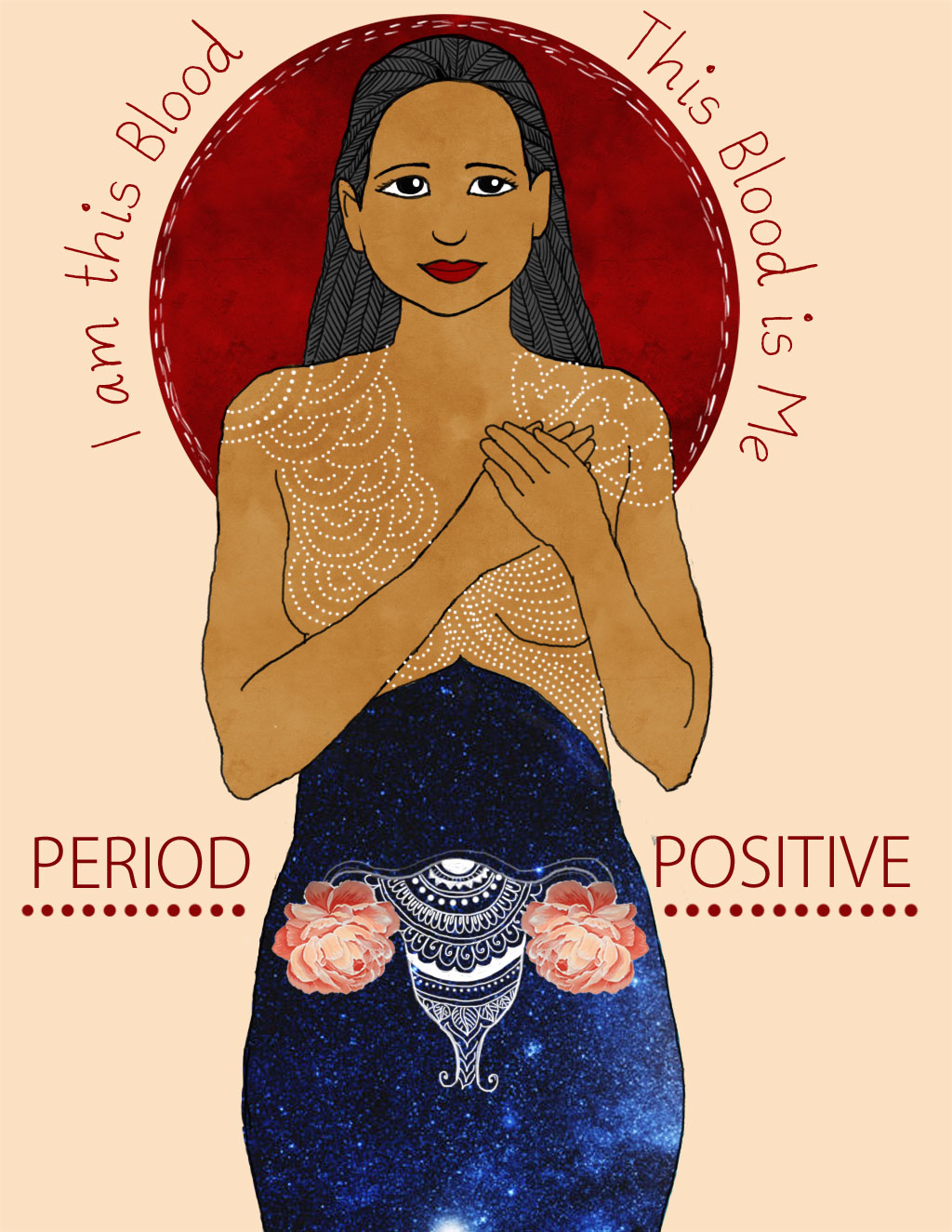
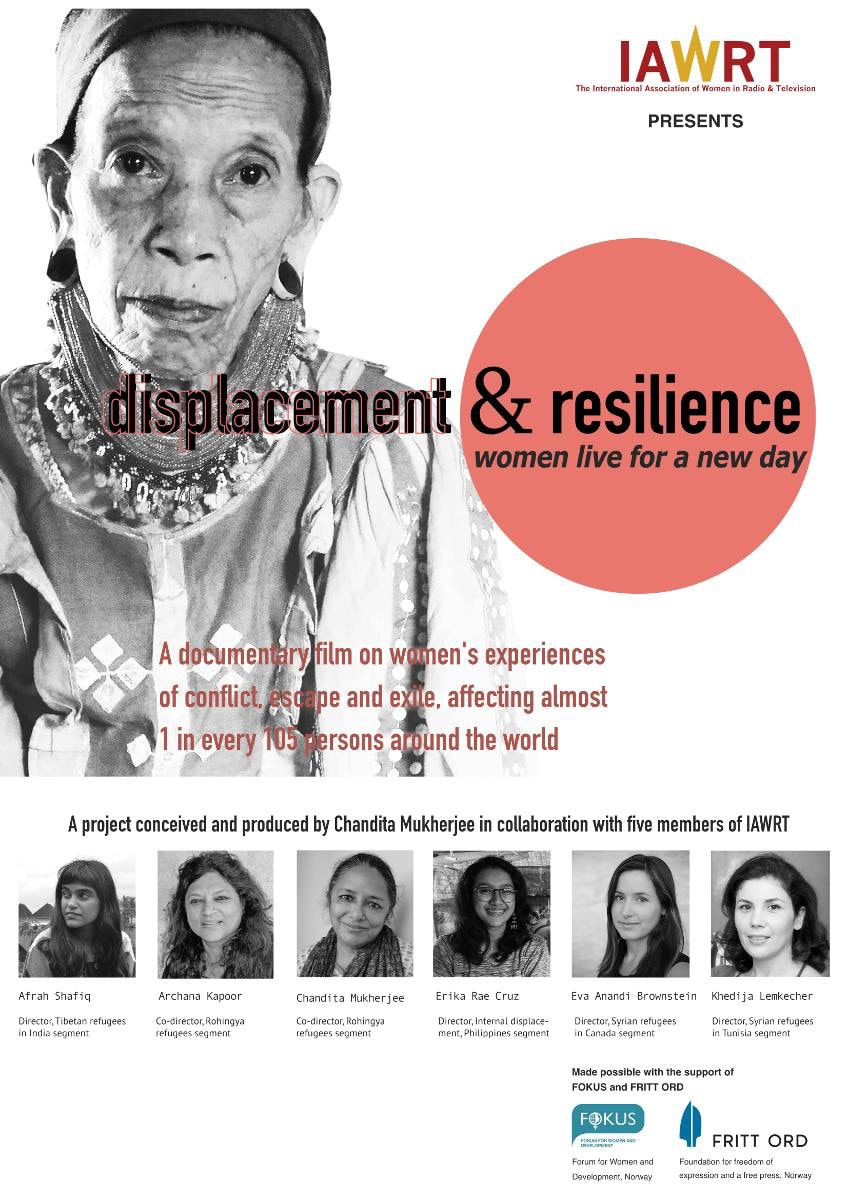

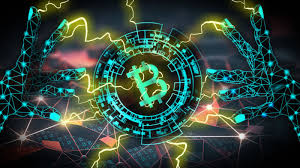
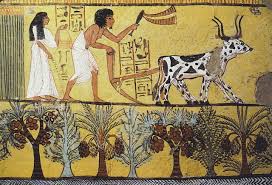





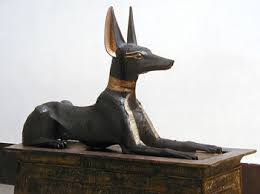

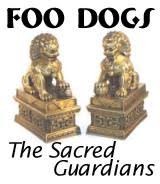
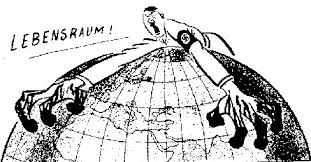
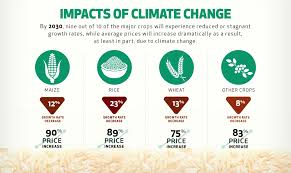
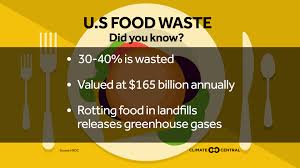
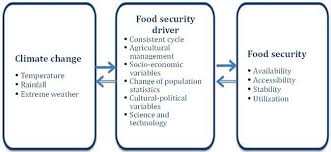


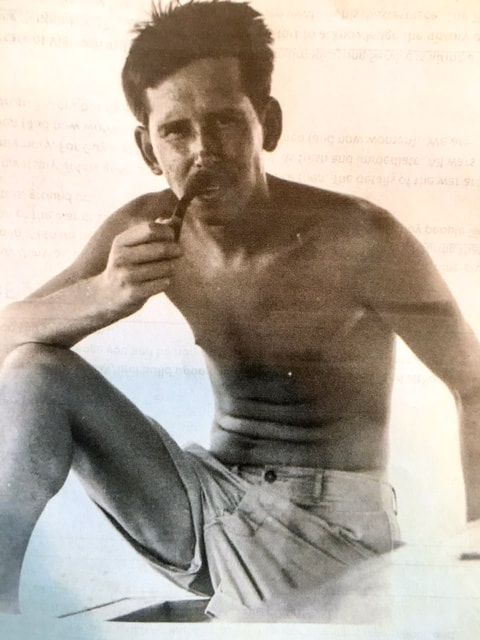

 RSS Feed
RSS Feed